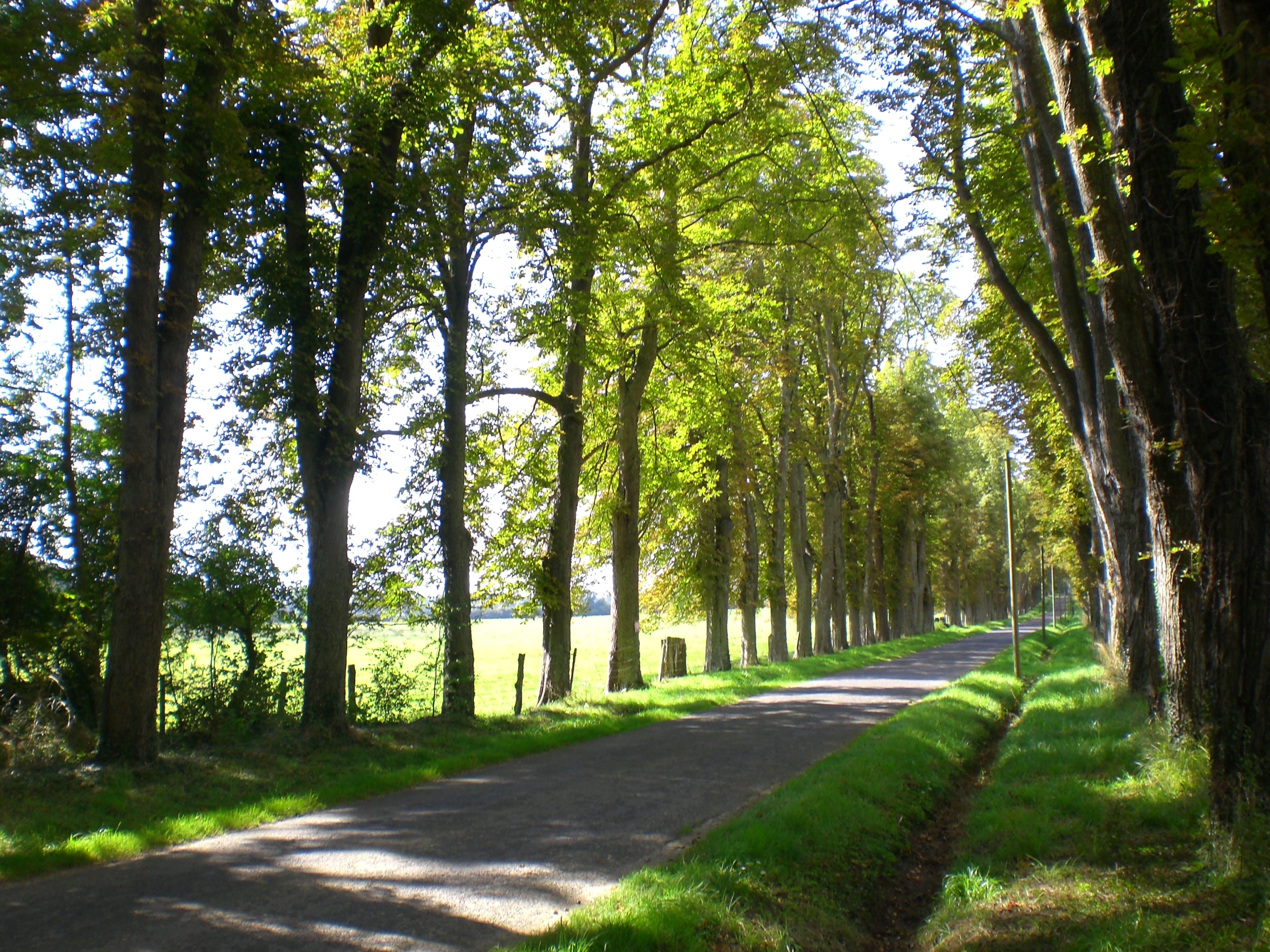|
Miller House (Columbus, Indiana)
The Miller House and Garden, also known as Miller House, is a mid-century modern home designed by Eero Saarinen and located in Columbus, Indiana, United States. The residence, commissioned by American industrialist, philanthropist, and architecture patron J. Irwin Miller and his wife Xenia Simons Miller in 1953, is now owned by Newfields. Miller supported modern architecture in the construction of a number of buildings throughout Columbus, Indiana. Design and construction on the Miller House took four years and was completed in 1957. The house stands at 2860 Washington St, Columbus Indiana, and was declared a National Historic Landmark in 2000. The Miller family owned the home until 2008, when Xenia Miller, the last resident of the home, died. In 2009, the home and gardens, along with many of the original furnishings, were donated to the Indianapolis Museum of Art by members of the Miller family. In addition to Eero Saarinen, the house and gardens showcase the work of leading ... [...More Info...] [...Related Items...] OR: [Wikipedia] [Google] [Baidu] |
Columbus, Indiana
Columbus () is a city in and the county seat of Bartholomew County, Indiana, United States. The population was 50,474 at the 2020 census. The city is known for its architectural significance, having commissioned noted works of modern architecture and public art since the mid-20th century; the annual program Exhibit Columbus celebrates this legacy. Located about south of Indianapolis, on the east fork of the White River, it is the state's 20th-largest city. It is the principal city of the Columbus, Indiana metropolitan statistical area, which encompasses all of Bartholomew County. Columbus is the birthplace of former Indiana Governor and former Vice President of the United States, Mike Pence. Columbus is the headquarters of the engine company Cummins. In 2004 the city was named as one of "The Ten Most Playful Towns" by '' Nick Jr. Family Magazine''. In the July 2005 edition of '' GQ'' magazine, Columbus was named as one of the "62 Reasons to Love Your Country". Columbus won ... [...More Info...] [...Related Items...] OR: [Wikipedia] [Google] [Baidu] |
Gateway Arch
The Gateway Arch is a monument in St. Louis, Missouri, United States. Clad in stainless steel and built in the form of a weighted catenary Catenary arch, arch, it is the world's tallest arch and List of tallest buildings in Missouri, Missouri's tallest accessible structure. Some sources consider it the tallest human-made monument in the Western Hemisphere. Built as a monument to the westward expansion of the United States and officially dedicated to "the American people", the Arch, commonly referred to as "The Gateway to the West", is a National Historic Landmark in Gateway Arch National Park and has become a popular tourist destination, as well as an internationally recognized symbol of St. Louis. The Arch was designed by the Finnish-American architect Eero Saarinen in 1947, and construction began on February 12, 1963, and was completed on October 28, 1965, at an overall cost of $13 million (equivalent to $ in ). The monument opened to the public on June 10, 1967. It is lo ... [...More Info...] [...Related Items...] OR: [Wikipedia] [Google] [Baidu] |
Henry Moore
Henry Spencer Moore (30 July 1898 – 31 August 1986) was an English artist. He is best known for his semi-abstract art, abstract monumental Bronze sculpture, bronze sculptures which are located around the world as public works of art. Moore also produced many drawings, including a series depicting Londoners sheltering from the Blitz during the World War II, Second World War, along with other graphic works on paper. His forms are usually abstractions of the human figure, typically depicting mother-and-child or reclining figures. Moore's works are usually suggestive of the female body, apart from a phase in the 1950s when he sculpted family groups. His forms are generally pierced or contain hollow spaces. Many interpreters liken the undulating form of his reclining figures to the landscape and hills of his Yorkshire birthplace. Moore became well known through his carved Marble sculpture, marble and larger-scale abstract cast bronze sculptures, and was instrumental in introduci ... [...More Info...] [...Related Items...] OR: [Wikipedia] [Google] [Baidu] |
Boundary Marker
A boundary marker, border marker, boundary stone, or border stone is a robust physical marker that identifies the start of a land Border, boundary or the change in a boundary, especially a change in direction of a boundary. There are several other types of named border markers, known as boundary trees, pillars, monuments, obelisks, and corners. Border markers can also be markers through which a border line runs in a straight line to determine that border. They can also be the markers from which a border marker has been fixed. Purpose According to Josiah Ober, boundary markers are "a way of imposing human, cultural, social meanings upon a once-undifferentiated natural environment." Boundary markers are linked to social hierarchies, since they derive their meaning from the authority of a person or group to declare the limits of a given space of land for political, social or religious reasons. Ober notes that "determining who can use parcels of arable land and for what purpose, ... [...More Info...] [...Related Items...] OR: [Wikipedia] [Google] [Baidu] |
Honey Locust
The honey locust (''Gleditsia triacanthos''), also known as the thorny locust or thorny honeylocust, is a deciduous tree in the family Fabaceae, native to central North America where it is mostly found in the moist soil of river valleys. Honey locust trees are highly adaptable to different environments, and the species has been introduced worldwide. Outside its natural range it can be an aggressive, damaging invasive species. Description The honey locust, ''Gleditsia triacanthos'', can reach a height of . They exhibit fast growth, but live a medium life span, as long as 125 years. The leaves are pinnately compound on older trees but bipinnately compound on vigorous young trees. The leaflets are long when compound and very slightly smaller when bipinnate. The leaves are green in summer and turn yellow in autumn in shades ranging from cream and tan to golden yellow. Honey locusts leaf out relatively late in spring, but generally slightly earlier than the black locust (''Robin ... [...More Info...] [...Related Items...] OR: [Wikipedia] [Google] [Baidu] |
Malus
''Malus'' ( or ) is a genus of about 32–57 species of small deciduous trees or shrubs in the family Rosaceae, including the domesticated orchard apple, crab apples (sometimes known in North America as crabapples) and wild apples. The genus is native plant, native to the temperate zone of the Northern Hemisphere. Description Apple trees are typically tall at maturity, with a dense, twiggy crown. The Leaf , leaves are long, alternate, simple, with a serrated margin. The flowers are borne in corymbs, and have five petals, which may be white, pink, or red, and are Plant reproductive morphology, perfect, with usually red stamens that produce copious pollen, and a Ovary (botany)#Half-inferior_ovary, half-inferior ovary; flowering occurs in the spring after 50–80 growing degree-days, varying greatly according to subspecies and cultivar. Many apples require Pollination#Mechanism, cross-pollination between individuals by insects (typically bees, which freely visit the flowers for ... [...More Info...] [...Related Items...] OR: [Wikipedia] [Google] [Baidu] |
Cercis
''Cercis'' is a genus of about 10 species in the subfamily Cercidoideae of the pea family (biology), family Fabaceae. It contains small deciduous trees or large shrubs commonly known as redbuds in the USA. They are characterised by simple, rounded to heart-shaped leaf, leaves and pinkish-red flowers borne in the early spring on bare leafless shoots, on both branches and trunk ("cauliflory"). The genus contains ten species, native to warm temperate regions of North America, southern Europe, western and central Asia, and China.''Ceratonia'' L. ''Plants of the World Online''. Retrieved 15 August 2023. ''Cercis'' is derived from the Greek language, Greek word κερκις (''kerkis'') meaning "weaver's shuttle", which was applied by Theophrastus to ''Cercis siliquastrum, C. siliquastrum'' due to the resemblance ... [...More Info...] [...Related Items...] OR: [Wikipedia] [Google] [Baidu] |
Arborvitae
''Thuja'' ( ) is a genus of coniferous tree or shrub in the Cupressaceae (cypress family). There are five species in the genus, two native to North America and three native to eastern Asia. The genus is monophyletic and sister to ''Thujopsis''. Members are commonly known as arborvitaes (from the Latin term for 'tree of life'), thujas or cedars. Description ''Thuja'' are evergreen tree In botany, a tree is a perennial plant with an elongated stem, or trunk, usually supporting branches and leaves. In some usages, the definition of a tree may be narrower, e.g., including only woody plants with secondary growth, only ...s growing from tall, with stringy-textured reddish-brown Bark (botany), bark. The shoots are flat, with side shoots only in a single plane. The leaves are scale-like and long, except young seedlings in their first year, which have needle-like leaves. The scale leaves are arranged in alternating decussate pairs in four rows along the twigs. The male ... [...More Info...] [...Related Items...] OR: [Wikipedia] [Google] [Baidu] |
Horse-chestnut (tree)
The genus ''Aesculus'' ( or ), with notable species including buckeye and horse chestnut, comprises 13–19 species of flowering plants in the family Sapindaceae. They are trees and shrubs native to the temperate Northern Hemisphere, with six species native to North America and seven to 13 species native to Eurasia. Several hybrids occur. ''Aesculus'' exhibits a classical Arcto-Tertiary distribution. Mexican buckeye seedpods resemble the ''Aesculus'' seedpods, but belong to a different genus. Carl Linnaeus named the genus ''Aesculus'' after the Roman name for an edible acorn. Common names for these trees include "buckeye" and "horse chestnut", though they are not in the same order as the true chestnuts, '' Castanea'' in the Fagales The Fagales are an order of flowering plants in the rosid group of dicotyledons, including some of the best-known trees. Well-known members of Fagales include: beeches, chestnuts, oaks, walnut, pecan, hickory, birches, alders, hazels ... [...More Info...] [...Related Items...] OR: [Wikipedia] [Google] [Baidu] |
Allée
In landscaping, an avenue (from the French), alameda (from the Portuguese and Spanish), or allée (from the French), is a straight path or road with a line of trees or large shrubs running along each side, which is used, as its Latin source ''venire'' ("to come") indicates, to emphasize the "coming to," or ''arrival'' at a landscape or architectural feature. In most cases, the trees planted in an avenue will be all of the same species or cultivar, so as to give uniform appearance along the full length of the avenue. The French term ''allée'' is used for avenues planted in parks and landscape gardens, as well as boulevards such as the Grande Allée in Quebec City, Canada, and Karl-Marx-Allee in Berlin. History The avenue is one of the oldest implements in the history of gardens. An Avenue of Sphinxes still leads to the tomb of the pharaoh Hatshepsut. Avenues similarly defined by guardian stone lions lead to the Ming tombs in China. British archaeologists have adopted h ... [...More Info...] [...Related Items...] OR: [Wikipedia] [Google] [Baidu] |
Flatrock River
The Flatrock River, also known as Flatrock Creek and other variants of the two names, is a U.S. Geological Survey. National Hydrography Dataset high-resolution flowline dataThe National Map, accessed May 19, 2011 tributary of the East Fork of the White River in east-central Indiana in the United States. Via the White, Wabash and Ohio rivers, it is part of the watershed of the Mississippi River, draining an area of . The Flatrock River rises near Mooreland in northeastern Henry County, and flows generally southwestwardly through Rush, Decatur, Shelby and Bartholomew counties, past the communities of Lewisville, Rushville and St. Paul. It joins the Driftwood River at Columbus to form the East Fork of the White River.DeLorme (1998). ''Indiana Atlas & Gazetteer''. Yarmouth, Maine: DeLorme. The New Hope Bridge and Pugh Ford Bridge span the river in Bartholomew County, Indiana. In Decatur County it collects the Little Flatrock River, which rises in Rush County and ... [...More Info...] [...Related Items...] OR: [Wikipedia] [Google] [Baidu] |





